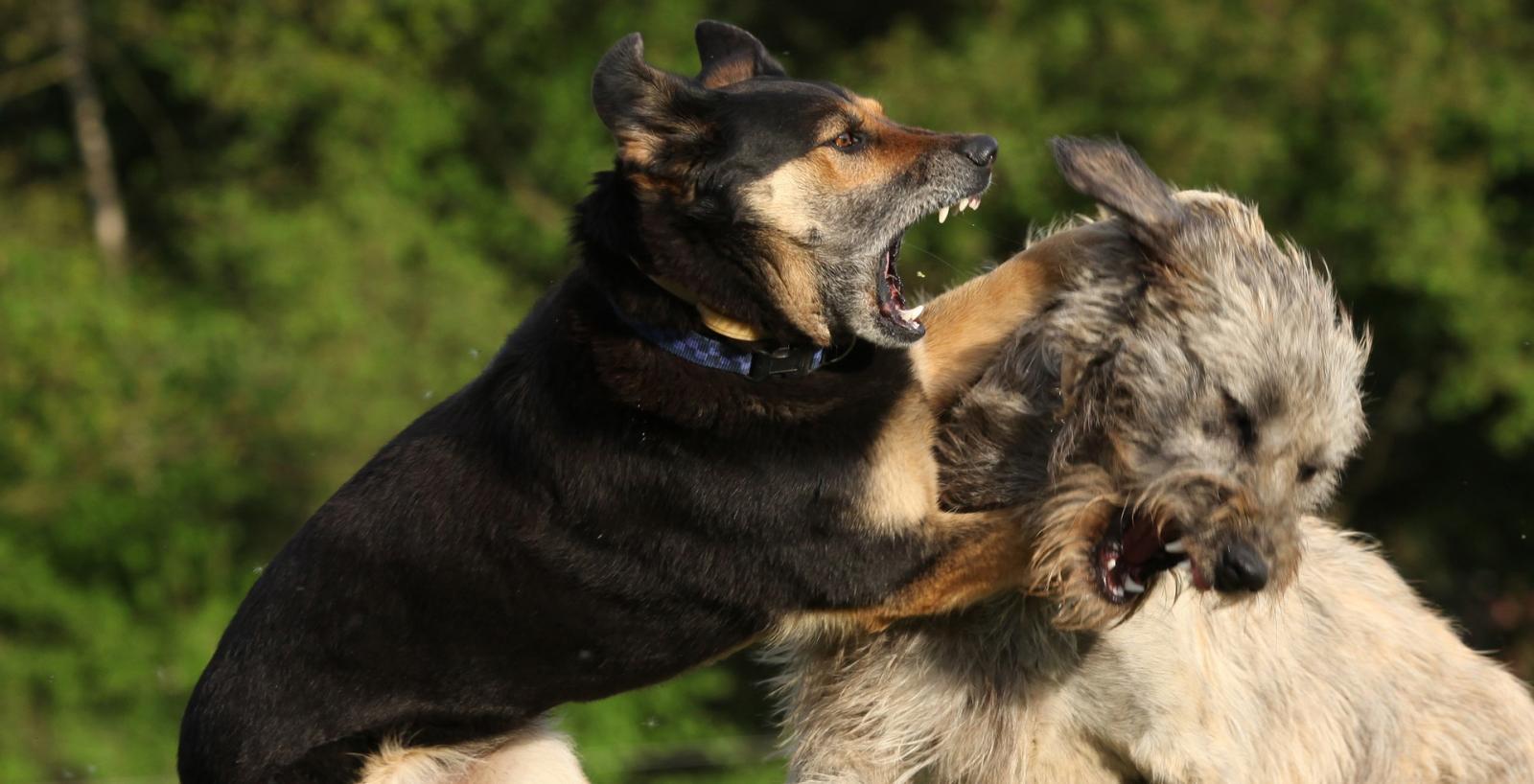By Gary Wilkes © 2021 480-649-9804 Behavior and Training Services, San Tan, Arizona
Imagine for a second that your puppy has swallowed a sock. This is n ot the first time your little darling has tried to ingest an inedible object. She’s been trying to do it since she was eight weeks old. You have unsuccessfully tried to control the behavior the entire time. Your vet has cautioned you that swallowing such an item will likely cause an intestinal blockage – a blockage that could easily be fatal. Your vet has not offered any advice about how to prevent a tragedy other than living in a house devoid of potentially fatal objects. You abhor Scandinavian modern décor and have children who acquire things. It is an unreasonable goal to make your house into a concrete warehouse. As for puppy proofing your house, you have also discovered the physics of static electricity. Socks can move without the need for human intervention. Now it appears that a sock is missing. You cringe at the thought but have a good suspicion about where it is. It’s inside your pup. Continue reading
ot the first time your little darling has tried to ingest an inedible object. She’s been trying to do it since she was eight weeks old. You have unsuccessfully tried to control the behavior the entire time. Your vet has cautioned you that swallowing such an item will likely cause an intestinal blockage – a blockage that could easily be fatal. Your vet has not offered any advice about how to prevent a tragedy other than living in a house devoid of potentially fatal objects. You abhor Scandinavian modern décor and have children who acquire things. It is an unreasonable goal to make your house into a concrete warehouse. As for puppy proofing your house, you have also discovered the physics of static electricity. Socks can move without the need for human intervention. Now it appears that a sock is missing. You cringe at the thought but have a good suspicion about where it is. It’s inside your pup. Continue reading
Pica and Positive Methods: The Deadly Duo
6


